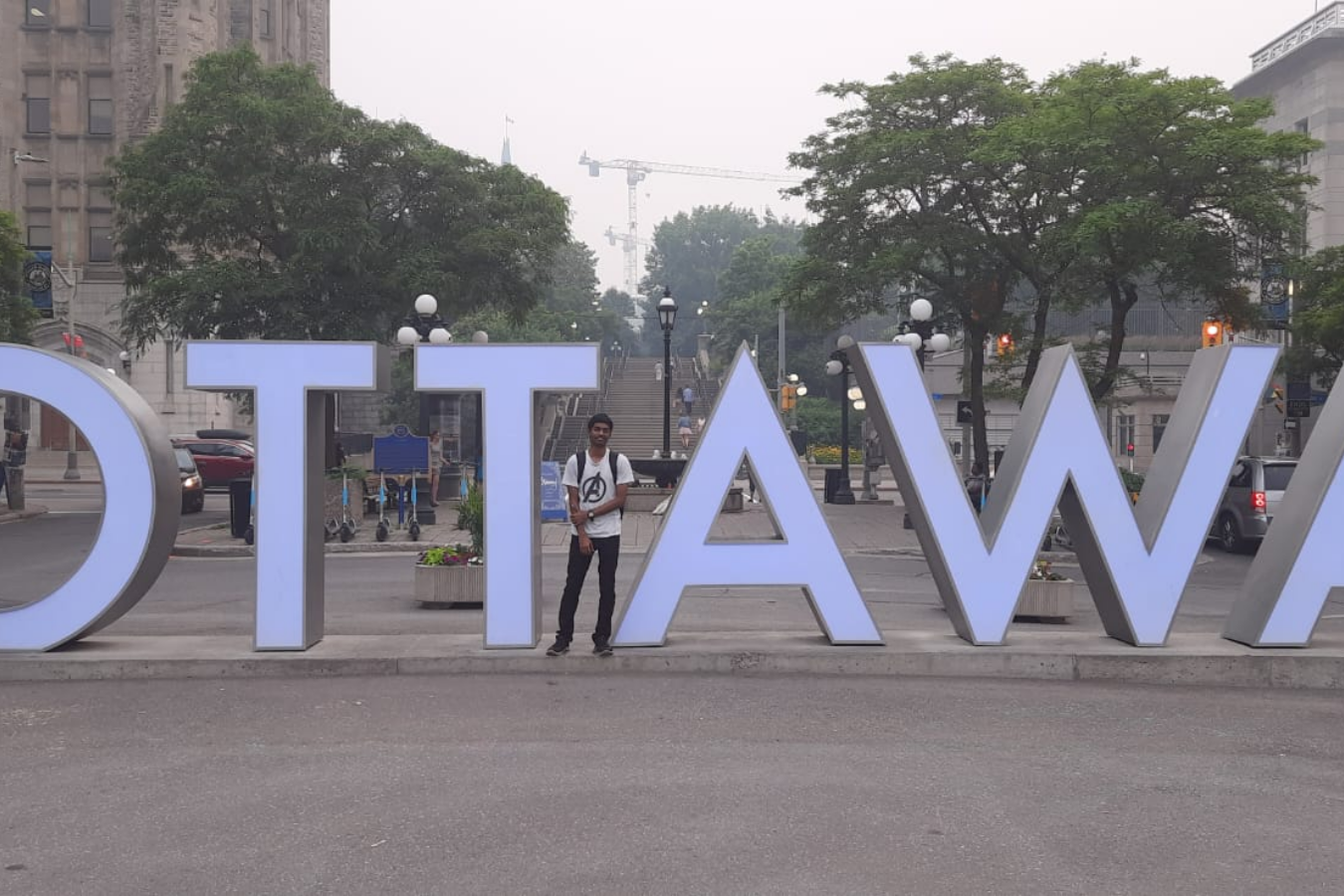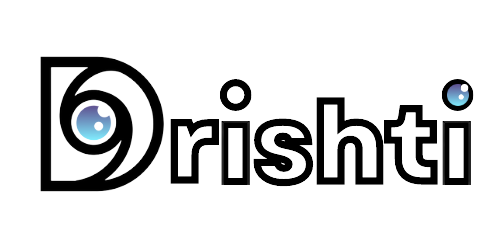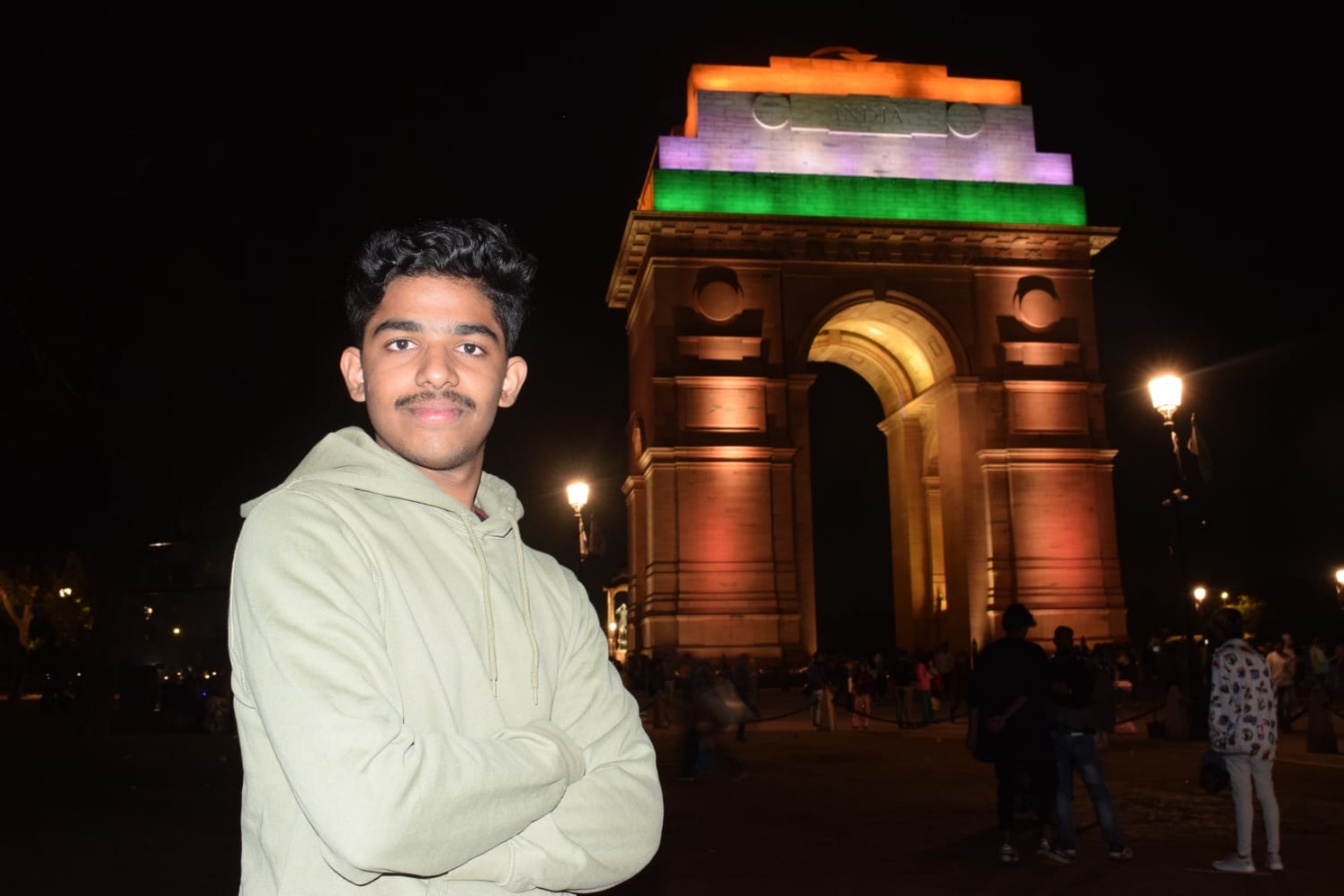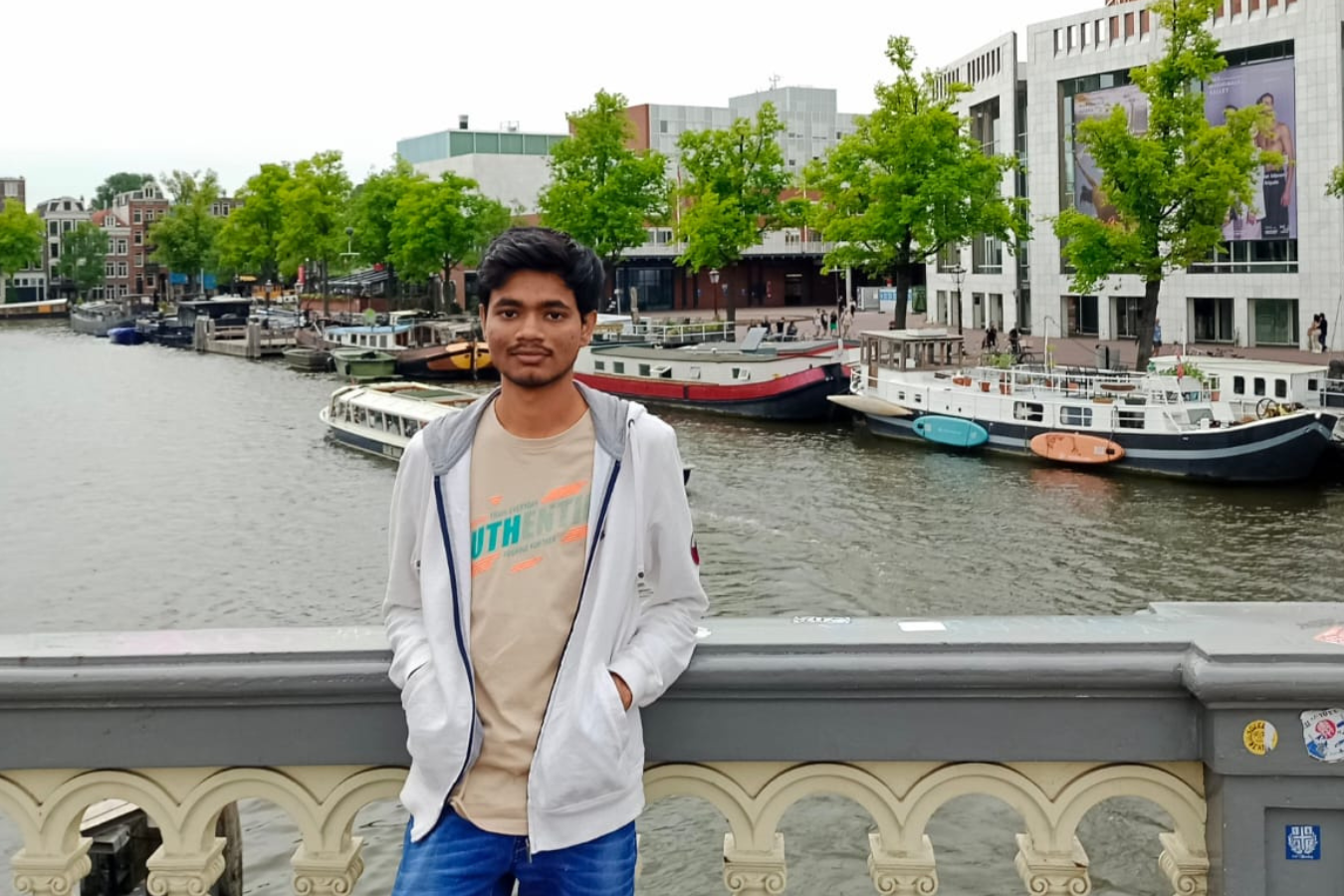
Hrishikesh Pable, a 4th year CSE undergrad, dishes out his wonderful story of working as a summer intern at Ottawa, Canada, utilising his opportunities in the best way possible and expanding his knowledge in the fields of Brain-inspired AI. During this amazing tenure, he discovers the impactful relationship between the fields of neuroscience and AI.
About Me
I’m Hrishikesh Pable, 4th Year CSE Undergrad. I’m interested in research in the fields of Brain-inspired AI, Automata Theory and probabilistic ML.
Topic and Field
The Topic on which I worked was ‘Theoretical Basis of Embodied Consciousness in Robots’. Under this project, I studied various frameworks for creating simulations of Brain. It was mostly exploratory work in which I read some papers and books, and came up with ideas for future work.
Motivation for Research
Starting from the 1st year, I was always more focused on academic studies. I had tried some Web-development and competitive programming in the 1st year, but I never liked it, so thought of doing something that could align with my interest in academics. I have always had an affinity for exploring subjects that lie at the intersection of Automata Theory, Artificial Intelligence, Probability Theory, and other mathematical domains. So I started with reading various books in these fields as per the suggestions of my professors. It always fascinated me (and still does), how the pioneers in these fields came up with new ideas to address prevailing challenges, elevating their respective fields to unprecedented heights. Research gives me the opportunity to learn about the current developments in the field and contribute to it, so I decided to pursue it.
Finding out about the Internship
I got to know about the internship from my friends, while we were discussing our plans for the holidays. I didn’t know about any senior who had been through this internship, but I found some seniors from other IITs from my connections on LinkedIn, who had taken it and assured me that it was a good internship, and would help in the Masters Applications too.
Application and Selection Process
Applying is simple; you just need to go to the Globalink Research Internship website, and under the student application you can find all the prerequisites and the procedure for applying. The form consists of multiple sections, and requires your academic transcript, 2 letters of recommendation, resume and some other documents. You will need to go through a huge list of currently active projects and select 7 of them in the form. I would suggest that, take those projects that resonate with your previous research experience in your CV; that’ll increase your chances of being selected. After the application deadline, your information will be sent to the project professors, in the order of your preference. The professors will select a few of these for an interview, which I think is mostly just a formality. Some professors don’t even call for an interview, and directly select candidates (as in my case). After this, your status on the portal changes to “decision pending” and you need to either accept the offer or reject (in which case you’re out of the selection process).
Expectations Beforehand
I was pretty excited, and also a little nervous before going to Canada. I had never been to another country before, and since I had to travel alone, I was just hoping I wouldn’t mess something up in the way. My internship was in Ottawa, which, as my professor told me, was a ‘nice english-speaking town’, and I was looking forward to getting to know their culture. The professor was quite an accomplished man in neuroscience, and I was hoping I could learn about the field from him, as much as possible.
Overall Experience
In the first few weeks, I mostly read some books and papers in the field of Brain simulations, and explored the python framework Nengo which is used for simulating brain functions. I also worked with some EEG data and did some brainwave analysis, which were further used by my professor to get insights about neurological functions. There was also another professor involved in this project who worked in the robotics side, and gave me some references to read for strengthening my basics in this field. Overall it was a great experience, also the stay in Canada was enjoyable.
Takeaways
I think my biggest takeaway was that multidisciplinary research can be quite impactful as this field required tools from engineering (like control theory, communication theory, etc) applied to concepts in brain science, which was working wonders for the neuroscience community, and giving much better results than before.
The Relationship for Future
I’m continuing to work on this project even after coming back to India. There’s also an MS student who is now working with me, who has a better understanding about the field, and together we aim to do some more analysis of data and use it in our research. I think the field of Neuroscience and AI have a lot to contribute to each other, and can develop faster with such interdisciplinary research, which gives us more insights about the workings of our brain; and I wish to continue to explore it.
So yeah, that’s my exciting experience at Ottawa, Canada. Hope you guys found this enlightening. Thank you and all the very best!
The views presented above are the blogger’s own and are not in any manner representative of the views of Drishti or IIT Dharwad in general.




 Never miss a story from us, follow us on our handles!
Never miss a story from us, follow us on our handles!
Comments